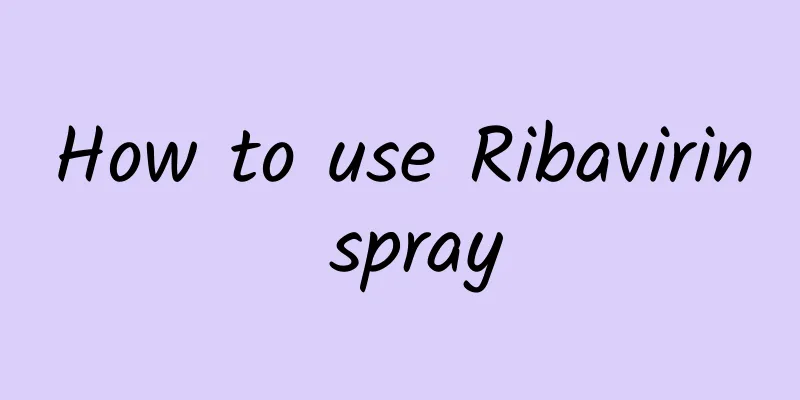How to Treat Allergic Purpura with Traditional Chinese Medicine

|
Allergic purpura is also a type of skin disease. There are many causes of allergic purpura, such as drug allergy. Food, pollen, and infection can also lead to the formation of allergic purpura. The main choice for treating allergic purpura is drug therapy, which are some anti-allergic drugs. The symptoms of each person are different, and the severity and urgency of the disease are also different. Symptoms of allergic purpura require timely treatment. Symptoms include : skin petechiae appearing around the joints of the lower limbs and on the buttocks, appearing in batches, varying in size and color, sometimes connected into patches, prone to recurring, and treatment based on syndrome differentiation and classification by Traditional Chinese Medicine is very effective for this. TCM Syndrome Differentiation and Treatment: Allergic purpura is generally divided into three types: heat damage to blood vessels, blood stasis blocking blood vessels, and qi deficiency and blood deficiency. Heat damage to blood vessels is the most common. (1) Heat damage to blood vessels syndrome: Symptoms: Short course of disease, purpura is red or reddish purple, appears and disappears quickly, skin itching or wheals, fever and red face, fever in the five parts of the body, sore throat, thirst, dark urine and dry stools, hematuria, red or crimson tongue, thin yellow tongue coating, and rapid pulse. Treatment method: Clear away heat and detoxify, cool blood and dispel wind. Prescription: Yinqiao Powder combined with Xijiao Dihuang Decoction with modifications. In the formula, honeysuckle, forsythia, plantain, and coptis chinensis clear away heat and detoxify, while rhinoceros horn, moutan bark, raw rehmannia, and red peony root cool blood and detoxify. Poria cocos can infiltrate dampness, and Prunella vulgaris can clear liver fire. For severe rash, add Lithospermum officinale and cicada shell to clear heat and relieve rash; for skin itching, add Kochia scoparia and Dictamni peel; for sore throat, add Burdock seed; for abdominal pain, add White Peony Root and Licorice; for stomach discomfort, add Licorice and jujube; for nosebleed, add Lotus Root Nodes and Platycladus Orientalis Leaves; for hematuria, add Thistle and Imperata Root; for proteinuria, add Leonurus japonicus. (2) Blood stasis and collateral obstruction syndrome: Symptoms: Long course of disease, repeated attacks, slow onset and disappearance, dark purple or purple-red purpura, joint pain and abdominal pain, dark face and lower eyelids, rough skin, purple or purple-red bloodshot eyes, dry throat, dark tongue or ecchymosis, thin white or thin yellow tongue coating, and wiry or stringy pulse. Treatment method: Promote blood circulation, remove blood stasis, detoxify and dispel wind. Prescription: Taohong Siwu Decoction with added ingredients. The peach kernel, safflower, angelica, Chuanxiong and red peony root in the prescription can promote blood circulation and remove blood stasis, while the raw rehmannia root can nourish yin and cool blood. This prescription can also be added with herbs such as lithospermum officinale, dandelion and scutellaria baicalensis to clear away remaining evil. For joint pain, add frankincense and myrrh; for abdominal pain, add Corydalis yanhusuo and Toosendan fruit; for proteinuria, add Leonurus japonicus. (3) Qi deficiency and blood deficiency syndrome: Symptoms: Recurrent purpura, prolonged illness. Purpura is vaguely scattered and lighter in color. It worsens after fatigue, and is accompanied by fatigue, palpitations, shortness of breath, proteinuria, pale red tongue, thin white or little coating, and weak pulse. Treatment method: Replenish qi and nourish blood, while cooling blood and detoxifying. Prescription: Bazhen Decoction with added ingredients. The Codonopsis pilosula, Atractylodes macrocephala, Poria cocos and licorice in the formula replenish Qi and strengthen the spleen, while Angelica sinensis, Ligusticum chuanxiong, Rehmannia glutinosa and Paeonia lactiflora replenish blood, promote blood circulation and cool blood. The whole formula has the effect of replenishing both Qi and blood. Appropriate amounts of herbs such as lithospermum, imperata root, and madder can be added to enhance the effects of cooling blood and detoxifying. For those with obvious proteinuria, add Astragalus and Leonurus japonicus; for those with severe hematuria, add Ligustrum lucidum and Eclipta prostrata. |
<<: What is acupuncture therapy?
>>: It turns out that purple daisy has so many functions
Recommend
Treatment of viral hepatitis
Viral hepatitis is a hepatitis disease caused by ...
What causes bleeding in tooth cavities?
Tooth decay is a common phenomenon of tooth damage...
The efficacy and function of liver-nourishing grass
The main effect of nourishing liver grass is to r...
Acupuncture points for treating bad breath
Traditional Chinese medicine massage acupoints ca...
The efficacy and function of Yunnan Dendrobium
Dendrobium officinale flower, also known as Dendr...
How to treat thoracic vertebrae fractures
The thoracic vertebra is a very important part of...
What are the symptoms of Qi deficiency type cough in children? How to treat it?
The symptoms of Qi deficiency type cough in child...
Can I eat fermented rice wine and eggs when I have a cough?
You can eat fermented rice wine eggs when you hav...
Chlamydia trachomatis
When it comes to Chlamydia trachomatis, the first...
What acupoints can adjust the heart rate in both directions?
Heart disease is a relatively dangerous and commo...
Purpura nephritis, this treatment is effective
Nowadays, purpura nephritis has become a major pr...
Does taking folic acid cause nausea?
It is also a nutrient necessary for the growth an...
Why does an elderly person suddenly lose the ability to walk?
If an elderly person suddenly finds that he or sh...
I got pregnant while taking Chinese medicine to replenish qi and blood
Deficiency of Qi and blood is a problem encounter...
What are the side effects of facial fire therapy?
In acupuncture, there is a type of therapy that i...









